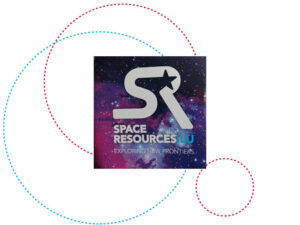Two years after the successful scientific workshop “Asteroid Science Intersections with In-Space Mine Engineering” (ASIME), the University of Luxembourg organised a second workshop on 16-17 April 2018 dedicated to asteroid composition. More than 80 participants from academia, industry and public sector attended the event on Belval campus.
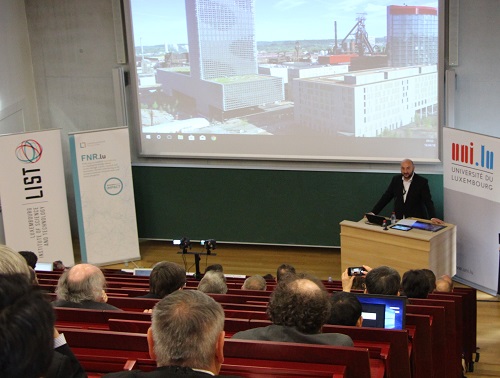
The identification and utilisation of space resources is becoming a reality, driven by a revolution in space technology, accelerating exploration of outer space and the eventual scarcity of certain resources on Earth. In February 2016, the government of Luxembourg launched the SpaceResources.lu initiative to position the country as a European hub in the exploration, use and commercialisation of space resources, like asteroids.
To offer a legal and regulatory framework in line with international law, the government passed a space law in July 2017 that ensures stability and guarantees a high level of protection for investors, explorers and miners. By endorsing this law, Luxembourg is the first European country and the second worldwide after the United States, to have a legal framework on the exploration and use of space resources, ensuring that private operators can be confident about their rights on resources they extract in space.
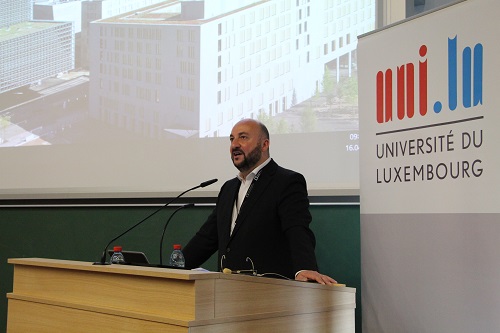
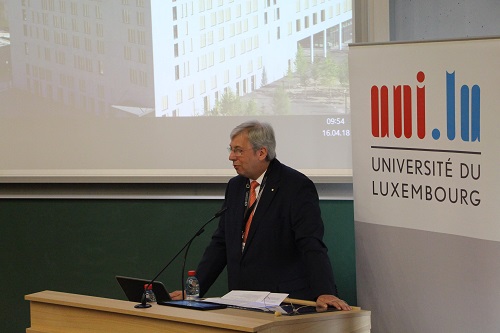
Etienne Schneider, Deputy Prime Minister and Minister of the Economy opened the event by focusing on the long history Luxembourg has with “mining”: starting from a mining industry to space mining. With the launch of SES “Société Européenne des Satellites” in 1985, the active participation in the European Space Agency (ESA), the creation of the Luxembourg Space Cluster and the development of start-ups and research projects in the space industry, Luxembourg has become a major actor in the field of satellite, telecommunications and earth observation businesses. Thus, the focus on space resources exploration and utilisation represents a straight continuation of the government policies.
Then, Yves Elsen, Chairman of the Board of Governors at the University of Luxembourg, highlighted that space activities are part of the diversification story and represent a fantastic example of the nation branding “Let’s make it happen”. To answer future space market needs in terms of skills, the University of Luxembourg will develop suitable training programmes in collaboration with international partners.
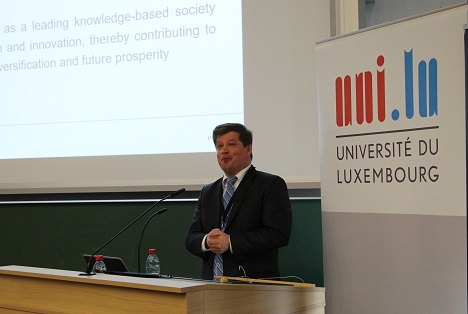
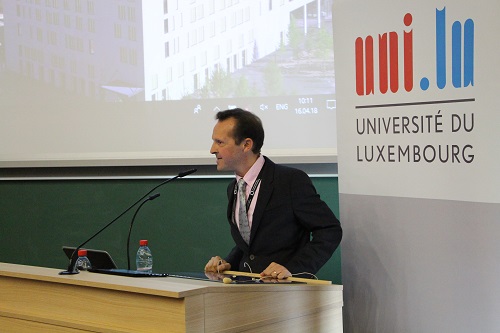
Marc Schiltz, Executive Head of the Luxembourg National Research Fund (FNR), underlined the important efforts done by the FNR to support space exploration projects. For instance, the FNR is financing two space resources public-private research project partnerships: one project (University of Luxembourg and ispace) to develop a navigation system for the lunar exploration rover and another project (LIST and ispace) to develop a detector for a compact mass spectrometer.
Patrick Michel, Senior Researcher at CNRS, closed the opening session by showing the importance of space missions as they enable to increase current knowledge and better understand materials’ behaviour.
The event was a good opportunity to answer the 24 remaining questions that were raised during ASIME 2016 such as “What do we know about asteroid composition from remote-sensing observations?”; “What are the potential caveats in the interpretation of composition from Earth-based spectral observations?”; “What developments are required to improve our knowledge of asteroid composition using ground-based and space-based observations?”; “How can this knowledge be used by industry to recover or use the resources?”.
ASIME 2018 was organised by the University of Luxembourg in partnership with the Ministry of the Economy, the Luxembourg National Research Fund (FNR), the Luxembourg Institute for Science and Technology (LIST) and Europlanet.
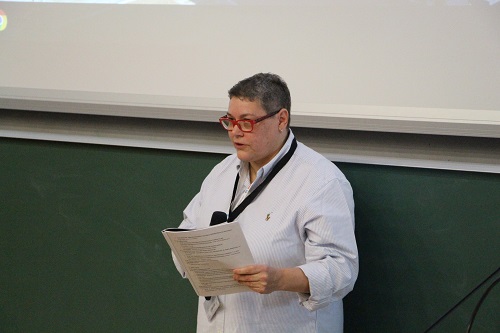
The workshop was coordinated by Tonie Van Dam, Professor in Physical Geodesy and Vice-Rector for Doctoral Education and Training, Gender and International Relations at the University of Luxembourg: “Our scientific exchanges were very fruitful to advance promising research in space mining. A white paper will be published in the coming months to collect all the knowledge and already prepare ASIME 2020,” comments Tonie.
More information: https://asime.uni.lu
